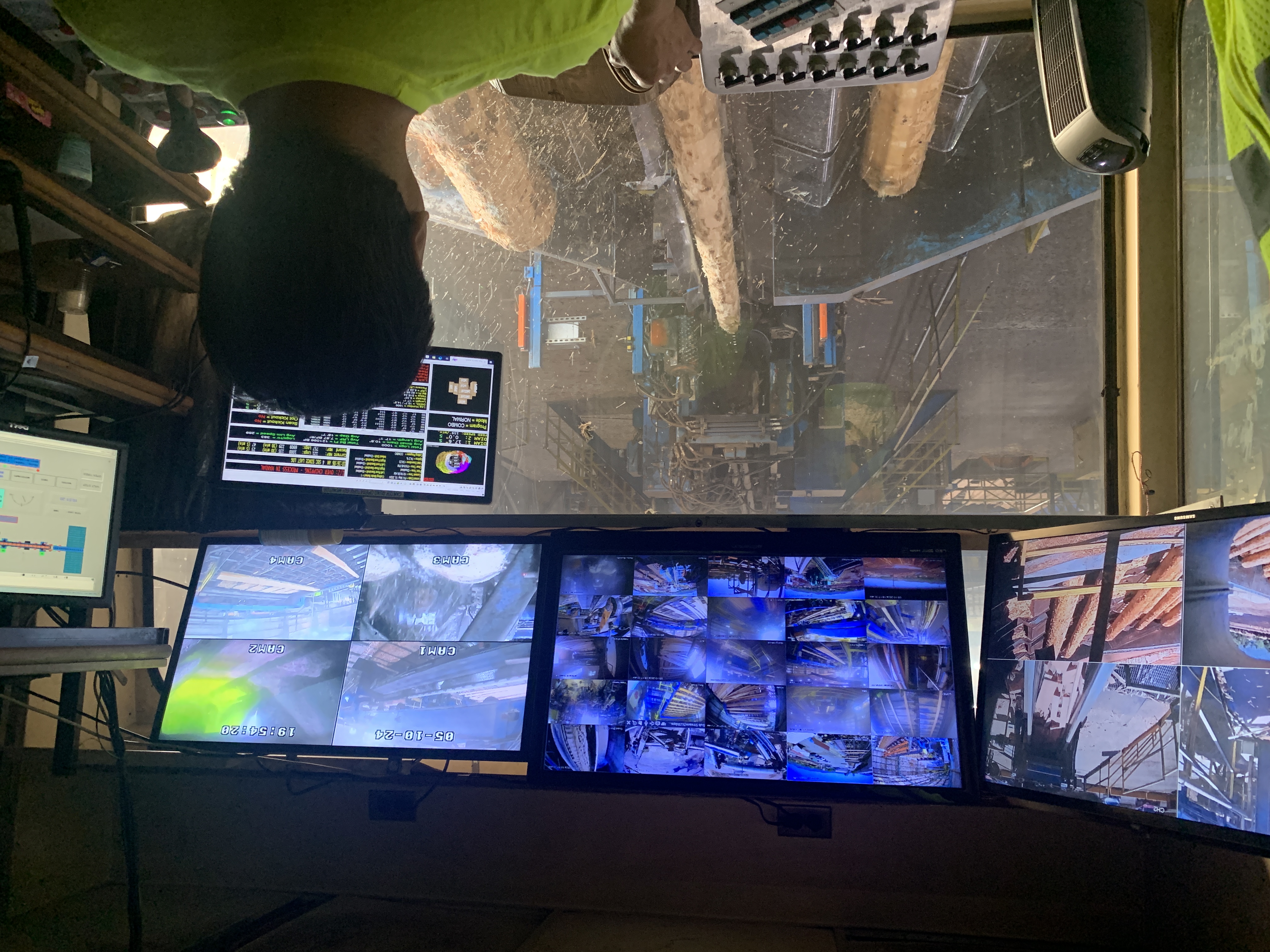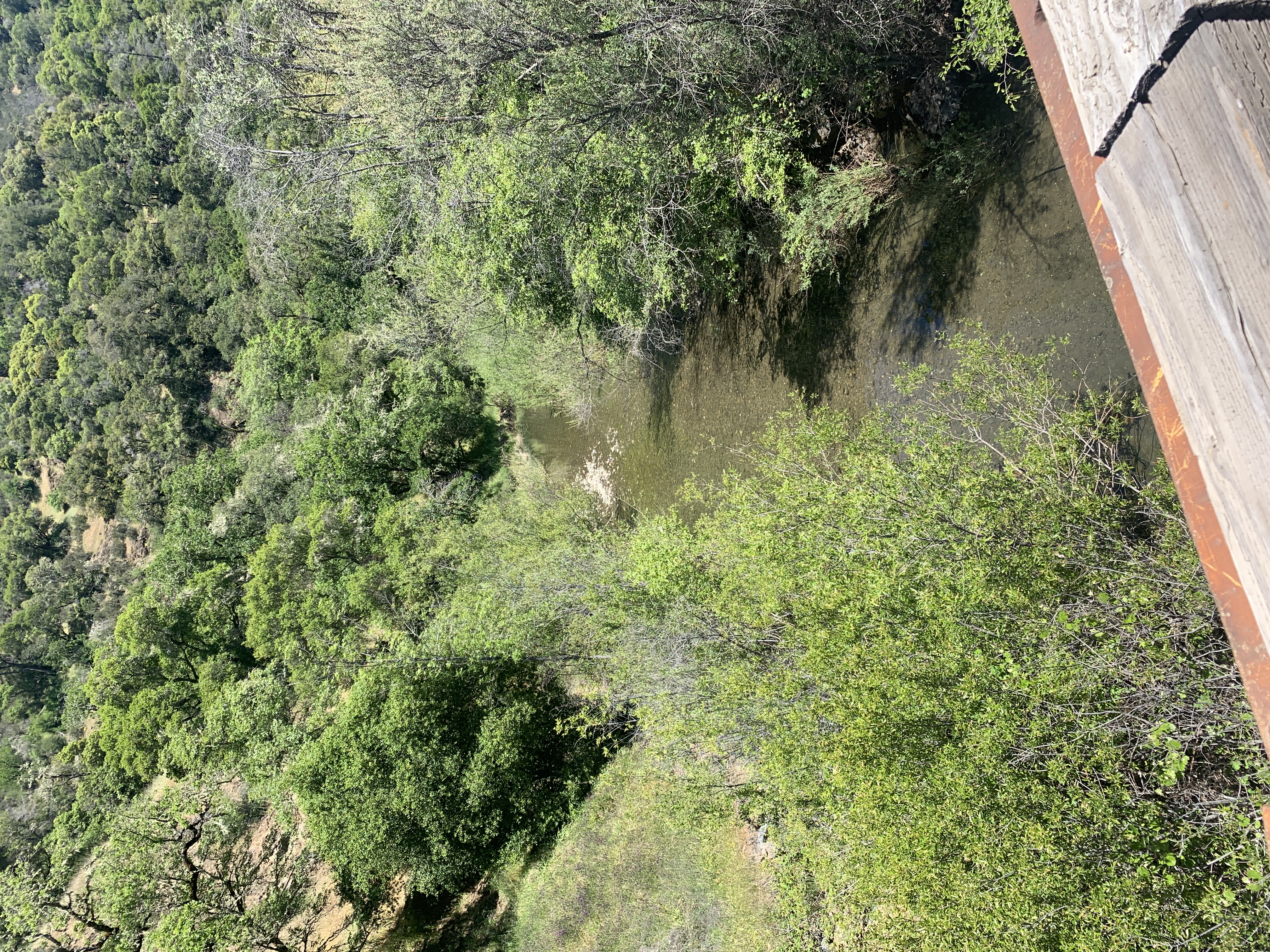De-mystifying the workings of a sawmill and timber company
By Kim Ingram, University of California ANR Forest Stewardship Program
Small, private forest landowners in California more often than not, do not consider timber harvesting as a management activity they want to pursue. Though there are approximately 7 million acres of timber held by private non-industrial landowners only 19% of our California Forest Stewardship Workshop participants rank timber production as ‘important or very important’, and only 9% have cut or removed trees for sale within the last 5 years. Part of this disinterest can be explained by the simple fact that there are few sawmills in California, and for those considering the sale of logs, transportation costs to mills can far exceed the value of the actual timber. As such, the workings of sawmills and timber companies in California are often unfamiliar to forest landowners, even to those within their local communities.
To help de-mystify timber company and sawmill operations, and to gain better understanding of how private forest landowners can engage with them, the Forest Stewardship Education Program held a field tour with Mendocino Redwood Company. John Andersen, Director of Forest Policy, led participants on a mill tour to view how logs are sorted, cut, and planed. Equipment operators shared how the use of high-tech machinery has greatly reduced waste and enables the company to process 80 truckloads of redwood or Douglas-fir logs daily.

Photo 1. Equipment operator positioning logs as they enter the sawmill. Photo by Kim Ingram, UC ANR Forest Stewardship Program
From the sawmill to the forest, John led participants on a walk through redwood and Douglas-fir stands managed by Mendocino Redwood Co. Their management goals include old growth protection, fuel reduction efforts, and the reintroduction of prescribed fire to improve the health of the larger ecosystem. Participants were also shown culvert-bridge improvement projects, fish passages, and off-channel inlets that have improved the habitat for special status fish species. For many of the participants, these management goals reflect their own desires for their forests.

Photo 2. Improved river habitat through the culvert-bridge project and planting of native trees to provide shade for fish. Photo by Kim Ingram, UC ANR Forest Stewardship Program
For forest landowners, being able to engage with industry professionals allows them to see how timber harvest can play a role in the management of their own forests. John provided them with some key take aways:
- When harvesting timber, it is important for forestland owners to communicate their forest management goals with their forester or other resource professional.
- Landowners should have a discussion with their forester about market conditions that impact, positively or negatively, the value of their timber. Lumber and log prices are cyclical so timing the sale of the timber during favorable pricing conditions will determine how much profit is returned from the timber sale.
- Timberland owners interested in managing their forest and commercializing any logs generated from this management should contact local mills in the area. They routinely staff log buyers who can advise on the potential to purchase logs from their ownership.
Having a greater understanding of how sawmills and timber companies operate enables small forest landowners to envision how this particular management option may fit in with their own goals and objectives. Participants said the tour with Mendocino Redwood Company was “Exceptional, we saw things most folks never see,” with “great, practical information and lots of good overviews and strategies.”
Photo 1:
Photo 2:



